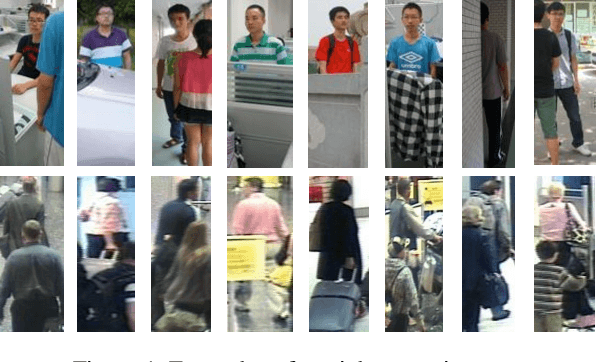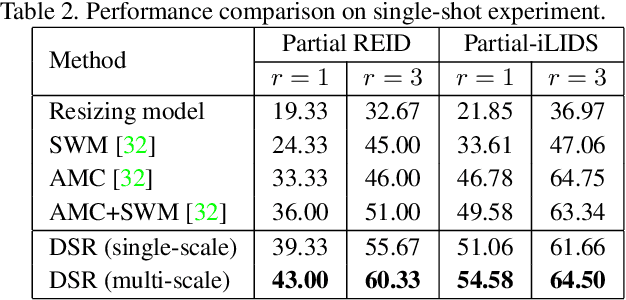Haiqing Li
Learning to Decide with Just Enough: Information-Theoretic Context Summarization for CDMPs
Oct 02, 2025Abstract:Contextual Markov Decision Processes (CMDPs) offer a framework for sequential decision-making under external signals, but existing methods often fail to generalize in high-dimensional or unstructured contexts, resulting in excessive computation and unstable performance. We propose an information-theoretic summarization approach that uses large language models (LLMs) to compress contextual inputs into low-dimensional, semantically rich summaries. These summaries augment states by preserving decision-critical cues while reducing redundancy. Building on the notion of approximate context sufficiency, we provide, to our knowledge, the first regret bounds and a latency-entropy trade-off characterization for CMDPs. Our analysis clarifies how informativeness impacts computational cost. Experiments across discrete, continuous, visual, and recommendation benchmarks show that our method outperforms raw-context and non-context baselines, improving reward, success rate, and sample efficiency, while reducing latency and memory usage. These findings demonstrate that LLM-based summarization offers a scalable and interpretable solution for efficient decision-making in context-rich, resource-constrained environments.
Leveraging Gait Patterns as Biomarkers: An attention-guided Deep Multiple Instance Learning Network for Scoliosis Classification
Apr 04, 2025Abstract:Scoliosis is a spinal curvature disorder that is difficult to detect early and can compress the chest cavity, impacting respiratory function and cardiac health. Especially for adolescents, delayed detection and treatment result in worsening compression. Traditional scoliosis detection methods heavily rely on clinical expertise, and X-ray imaging poses radiation risks, limiting large-scale early screening. We propose an Attention-Guided Deep Multi-Instance Learning method (Gait-MIL) to effectively capture discriminative features from gait patterns, which is inspired by ScoNet-MT's pioneering use of gait patterns for scoliosis detection. We evaluate our method on the first large-scale dataset based on gait patterns for scoliosis classification. The results demonstrate that our study improves the performance of using gait as a biomarker for scoliosis detection, significantly enhances detection accuracy for the particularly challenging Neutral cases, where subtle indicators are often overlooked. Our Gait-MIL also performs robustly in imbalanced scenarios, making it a promising tool for large-scale scoliosis screening.
Deep Spatial Feature Reconstruction for Partial Person Re-identification: Alignment-Free Approach
Sep 04, 2018



Abstract:Partial person re-identification (re-id) is a challenging problem, where only several partial observations (images) of people are available for matching. However, few studies have provided flexible solutions to identifying a person in an image containing arbitrary part of the body. In this paper, we propose a fast and accurate matching method to address this problem. The proposed method leverages Fully Convolutional Network (FCN) to generate fix-sized spatial feature maps such that pixel-level features are consistent. To match a pair of person images of different sizes, a novel method called Deep Spatial feature Reconstruction (DSR) is further developed to avoid explicit alignment. Specifically, DSR exploits the reconstructing error from popular dictionary learning models to calculate the similarity between different spatial feature maps. In that way, we expect that the proposed FCN can decrease the similarity of coupled images from different persons and increase that from the same person. Experimental results on two partial person datasets demonstrate the efficiency and effectiveness of the proposed method in comparison with several state-of-the-art partial person re-id approaches. Additionally, DSR achieves competitive results on a benchmark person dataset Market1501 with 83.58\% Rank-1 accuracy.
 Add to Chrome
Add to Chrome Add to Firefox
Add to Firefox Add to Edge
Add to Edge